How to label samples
Samples must be labelled correctly for acceptance in the laboratory. Improperly labelled samples will cause delays in processing and may require a recollection.
Learn about guidelines for sample collection.
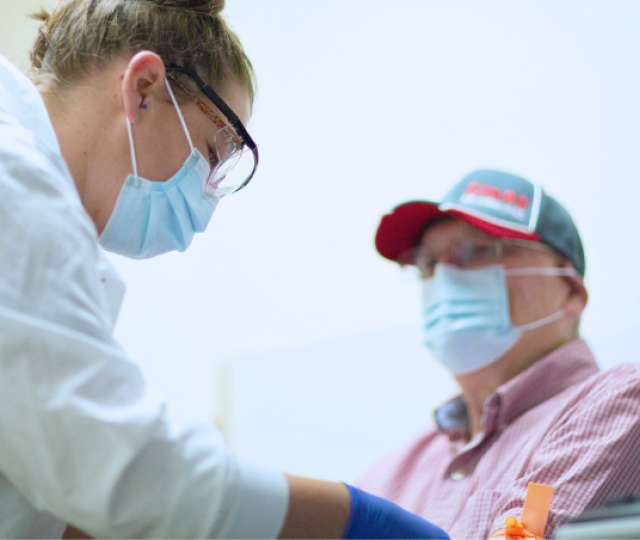
Samples must be labelled correctly for acceptance in the laboratory. Improperly labelled samples will cause delays in processing and may require a recollection.
Guidelines for standard non-blood sample collection
Patient-collected samples
Collection containers are available from your local lab. Learn about sample collection information for samples collected by the patient.
Body fluids
Body fluid samples require strict collection and transportation criteria to maintain sample quality.
Bone marrow
Bone Marrow requests must follow clinical guidelines determined by an IH Pathologist or Specialist with expertise in Hematology.
Complete the Request for Bone Marrow Aspiration and Biopsy Form. The request form is reviewed by a pathologist to ensure appropriate ancillary tests are ordered before an appointment is booked.
Lymphoma and Flow Cytometry
Review the resource for COVID-19 sample collection
Anatomical Pathology
Refer to the Department specific page for information about sample identification, collection and handling.
Microbiology
Refer to the Department specific page for information about sample identification, collection and handling.
Transfusion Medicine
Refer to the Department specific page for more information.
Samples must be packaged according to the Transport of Dangerous Goods (TDG) legislation by trained personnel holding a valid TDG certificate. The individual shipping the sample is responsible for proper packaging and use of an approved shipping container (TDG certified for Category B specimens) to maintain sample integrity and prevent leaks or contamination during transport; protecting the public and environment from potential exposure to specimens.
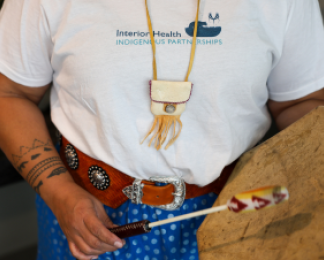
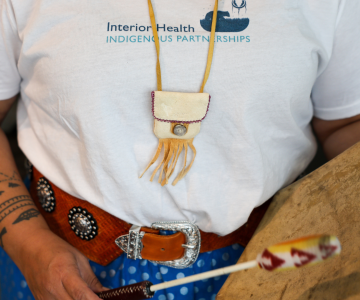
In the 5 years since the In Plain Sight report was released, we’ve made strides towards being a culturally safe organization—but there’s more work to do.
/stories/ihs-fifth-plain-sight-response-supports-reconciliation


Inspired by her aunt’s career as a pharmacist, Angela became a pharmacy technician to use the hands-on aspect of compounding to benefit patient care.
/stories/we-are-ih-pharmacy-tech-enjoys-problem-solving-patients
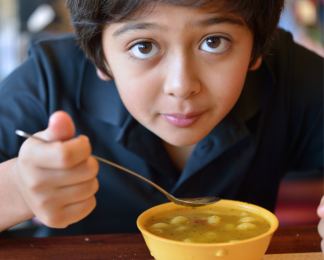
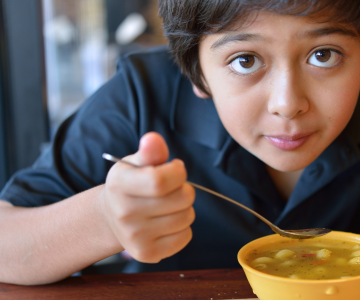
Souper Meals brings students together once a week over locally made soup, fresh fruit, veggies and buns, all free of charge.
/stories/more-soup-benefits-universal-school-lunch-program


With decades of experience rooted in compassion and commitment to children’s health, Dr. Jeff Wong is carving a path for pediatric care at Kelowna Hospital.
/stories/dr-jeff-wong-leads-kelowna-pediatric-department-forward
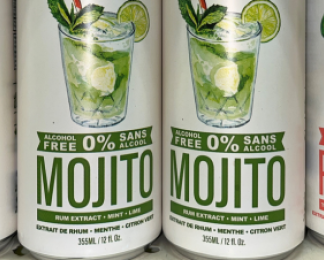
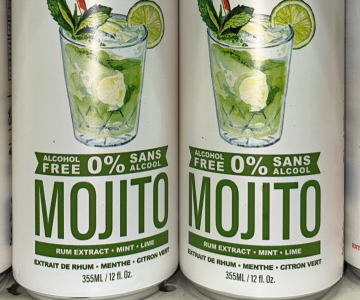
The holidays season offers opportunities to drink alcohol, and it can be easy to overindulge. Get tips on how you can drink less - and live more.
/stories/holiday-spirit-tips-drinking-moderation-season
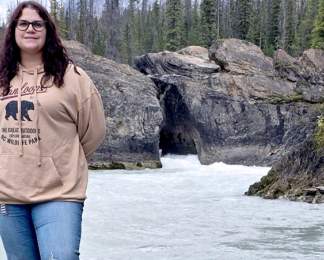
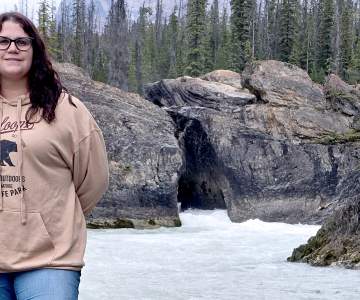
With the support of her mentors and coworkers, Niomi Wright found her true health-care calling as a care aide at Mountain View Lodge in Lillooet.
/stories/we-are-ih-care-aide-recognizes-value-mentors-and-colleagues
Receive news, alerts, public service announcements and articles right to your inbox.
